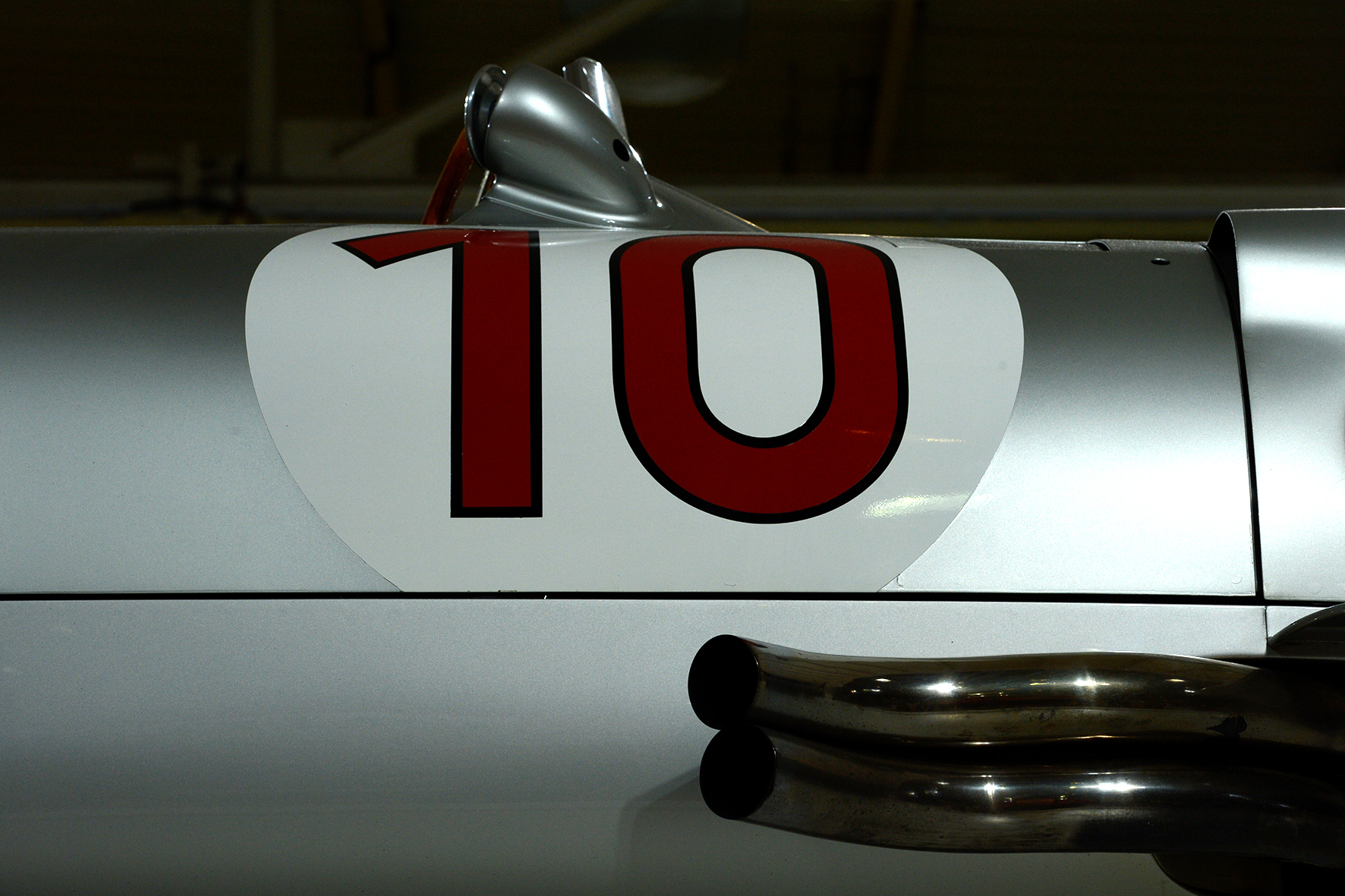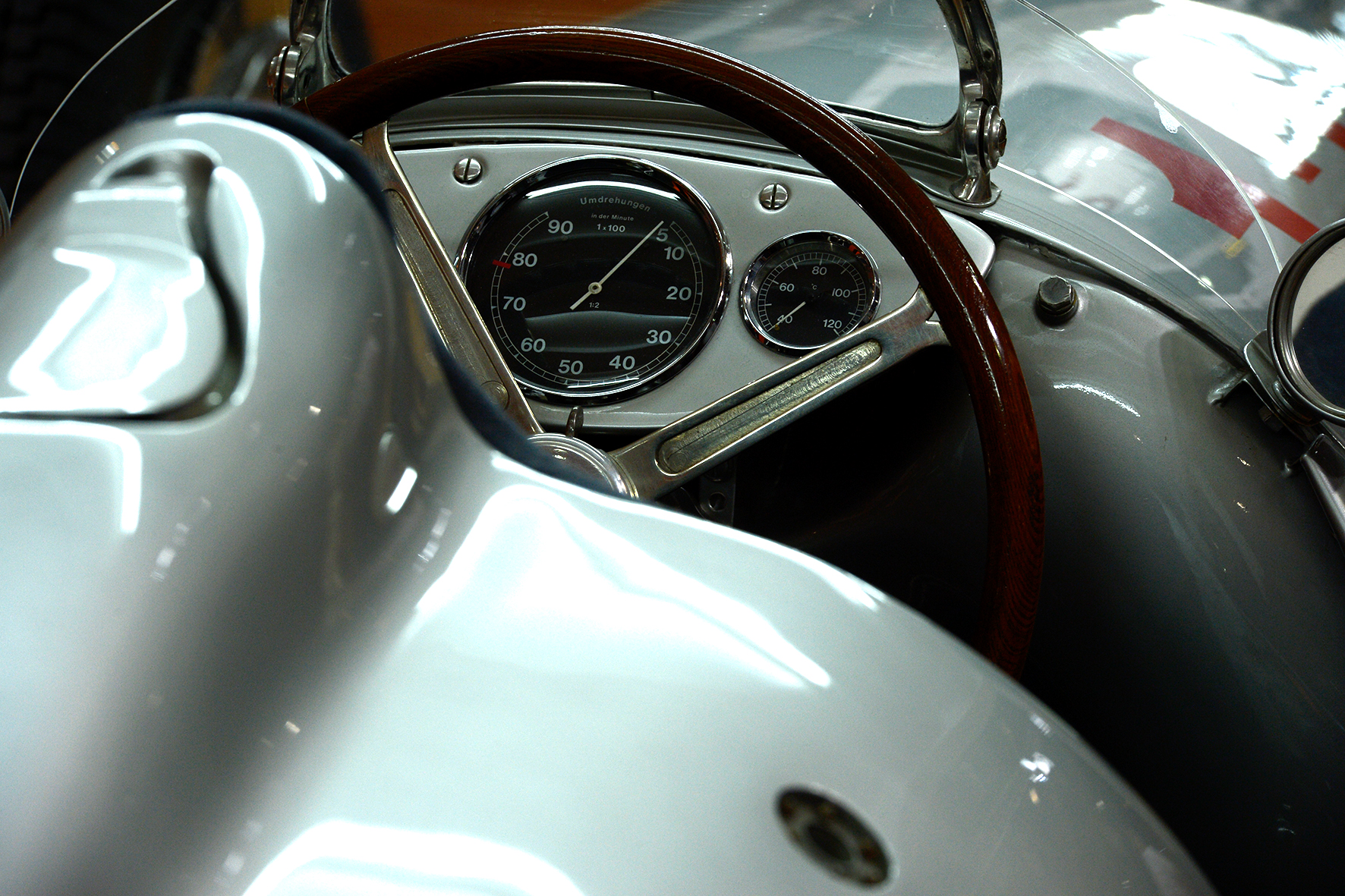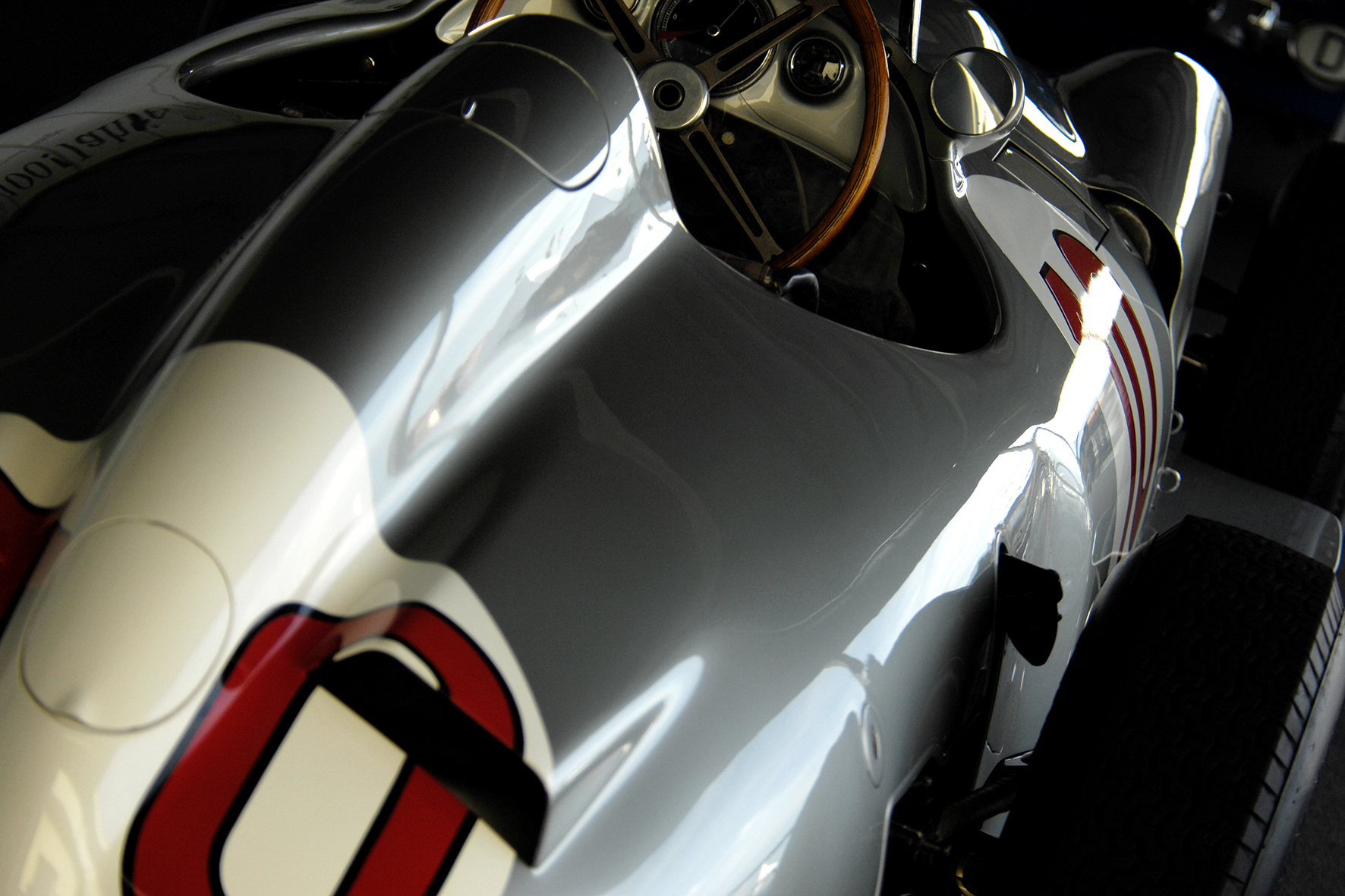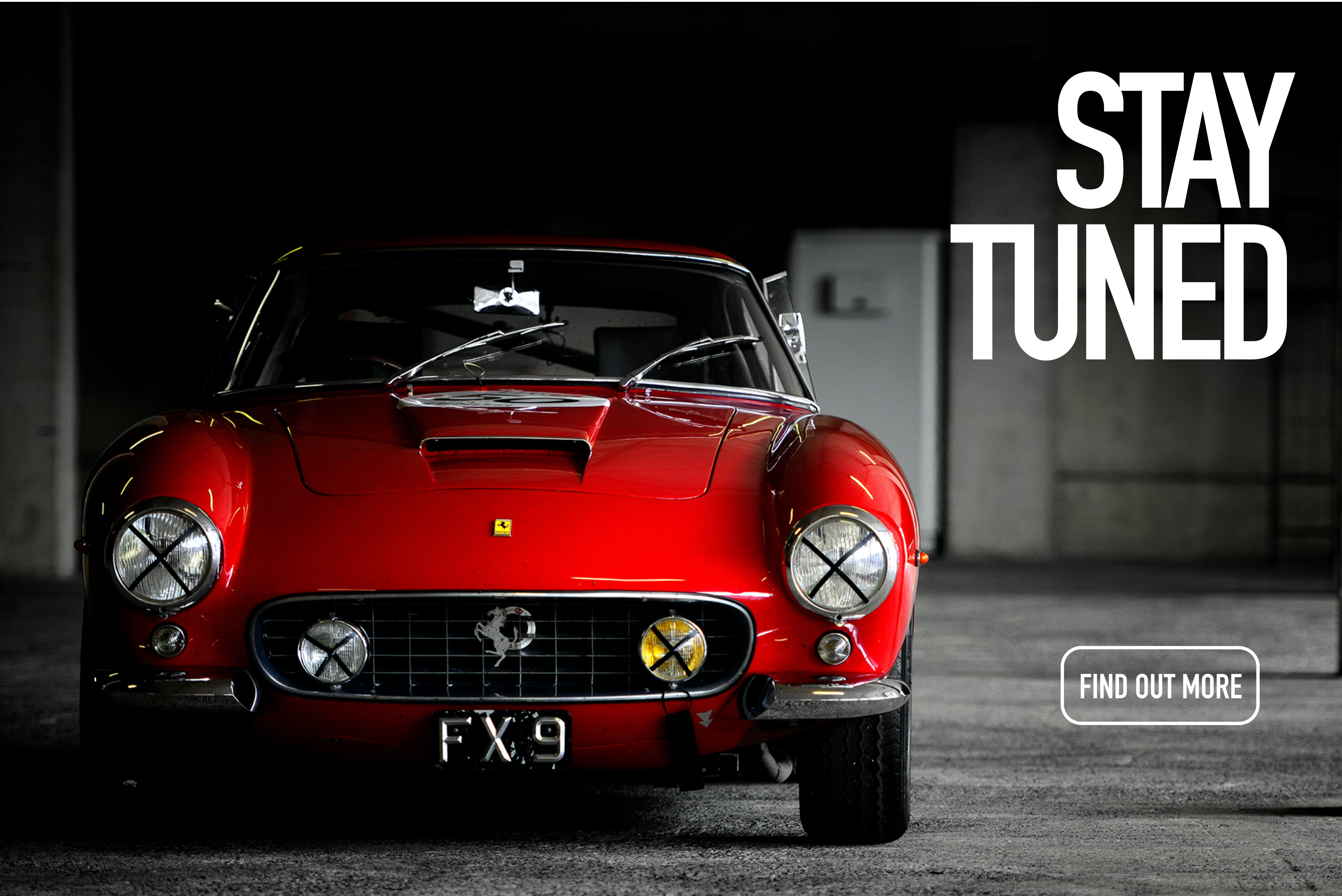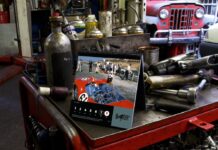The Mercedes Benz Grand Prix cars of the 1930’s and the 1950’s were driven by the greatest drivers of their time. Rudolf Caracciola, Hermann Lang, Manfred von Brauchitsch, Louis Chiron, Luigi Fagioli, Richard Seaman in the 1930’s and Juan Manuel Fangio, Sir Stirling Moss, Hans Hermann, Hermann Lang, Karl Kling and Piero Taruffi, just to mention the most popular.
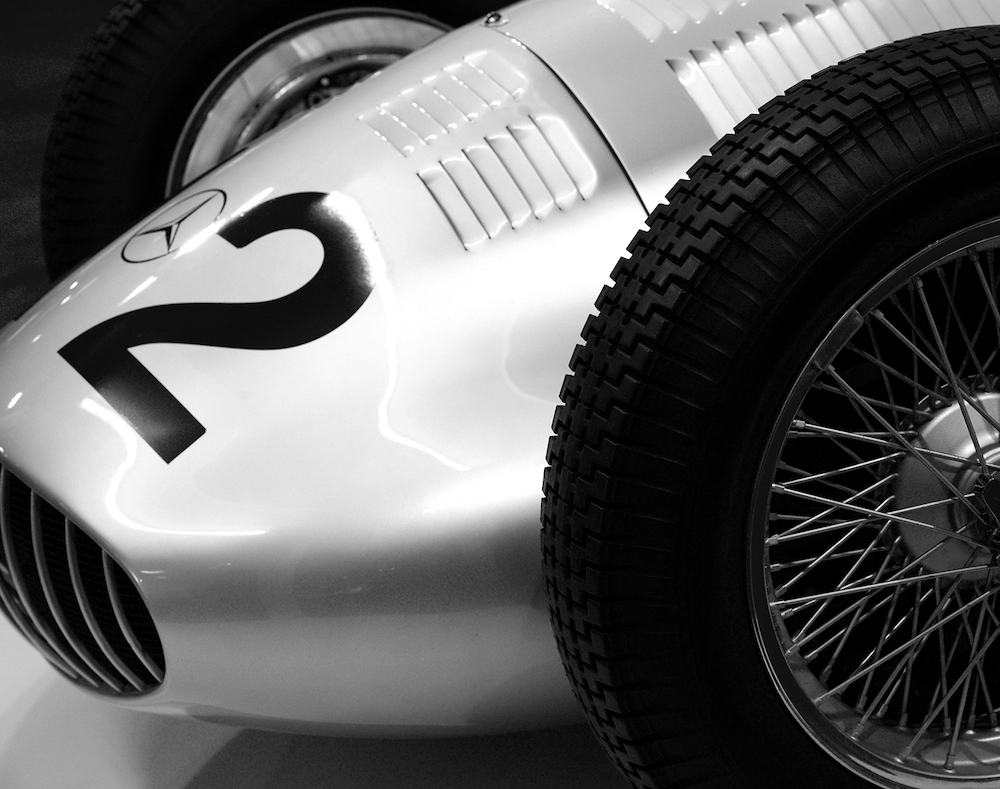
The racing team was let by the legendary Alfred Neubauer, a team principle „par excellence“. He was leading the racing activities of the Mercedes Benz company before and after world war II with all his strength and power. The decision he made was the law, but he was also very smart and kind of a genius of strategy.

Of course another story is related to Alfred Neubauer. True or not, there is no evidence for anything, but the story was helpful to build up the myth of the „Silver Arrows“. When the works cars arrived for the 1934 Eifelrennen at the Nürburgring the race cars were supposed to be painted white. At this time the regulations for Grand Prix cars said that the cars should only have a maximum weight of 750kg. But the cars were a bit to heavy, so Mr.Neubauer had the genius idea to scratch up the white paint to the rough metal to reduce the weight to the maximum allowed 750kg. The „Silver Arrows“ were born. But after all these years, there are so many doubts about this story – most of the experts are of the opinion that the Mercedes race cars just arrived silver painted at the Nürburgring. But it is what it is, a nice fairytale or the truth. Who knows.
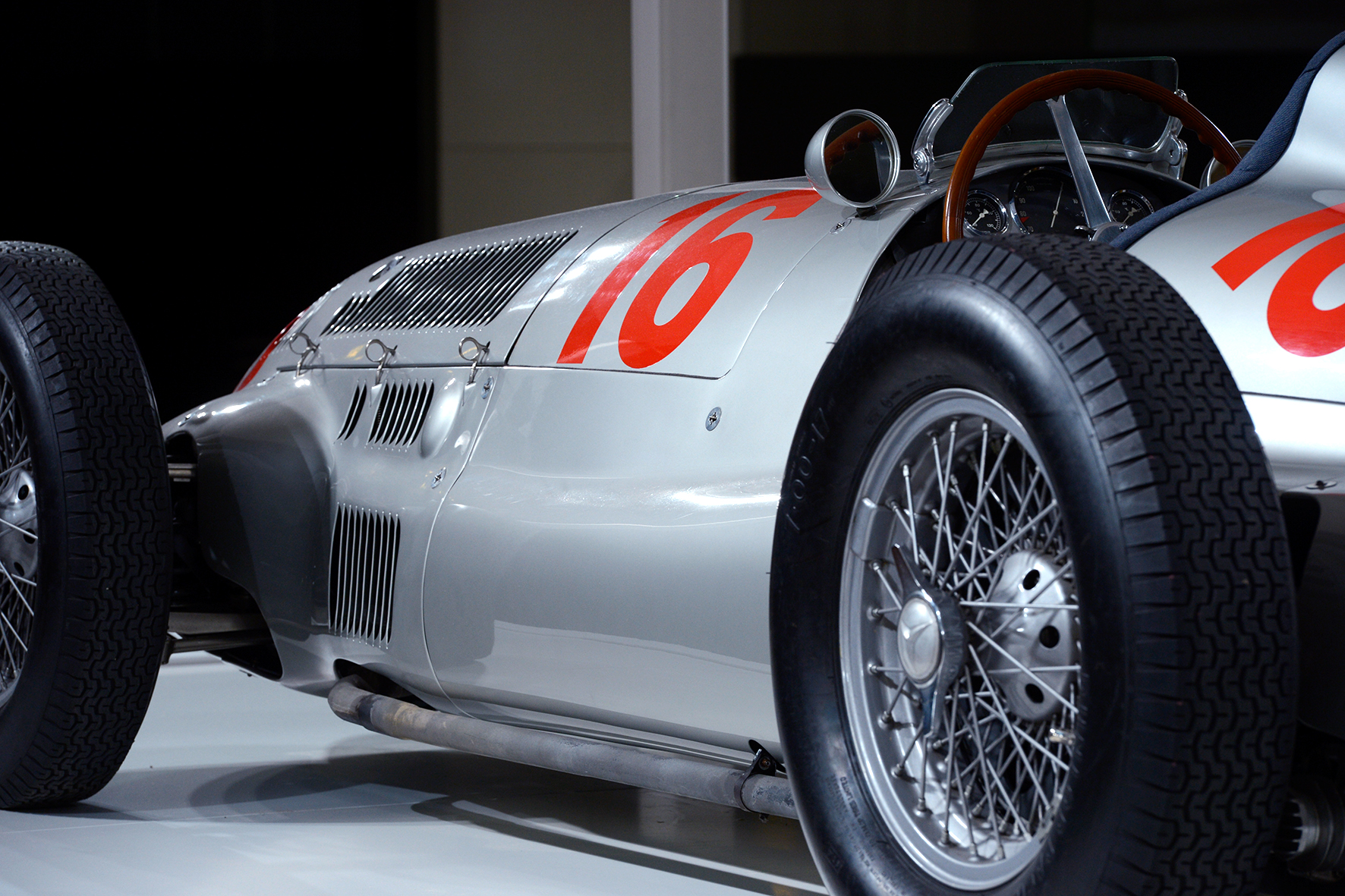
The design and shape of these Grand Prix cars is so simple but very effective. The cars were able to run very fast, but it needed „real“ men to drive them on the edge. As a driver you need strong arms to steer them, but not only that, the drivers must be brave. Very brave, I think, and maybe a bit crazy. No crash helmets, no seat belts, no guard rails at the tracks; the races were much longer than today, the Monaco Grand Prix last for 100 laps for example, banked corners like at the German Avus or at Parco di Monza – this was a crucial time of Grand Prix racing.

But the cars are so fascinating even today at demonstration laps at historic events. I had the chance to evidence a few demonstration laps of some of the old Mercedes race cars at several locations. They look and sound stunning.

I do love the pure look of the cars of this era, no sponsor stickers, no wings or winglets, no barge boards, no diffusors, just the silver paint with a red number, just a simple form – just a pure racing machine.
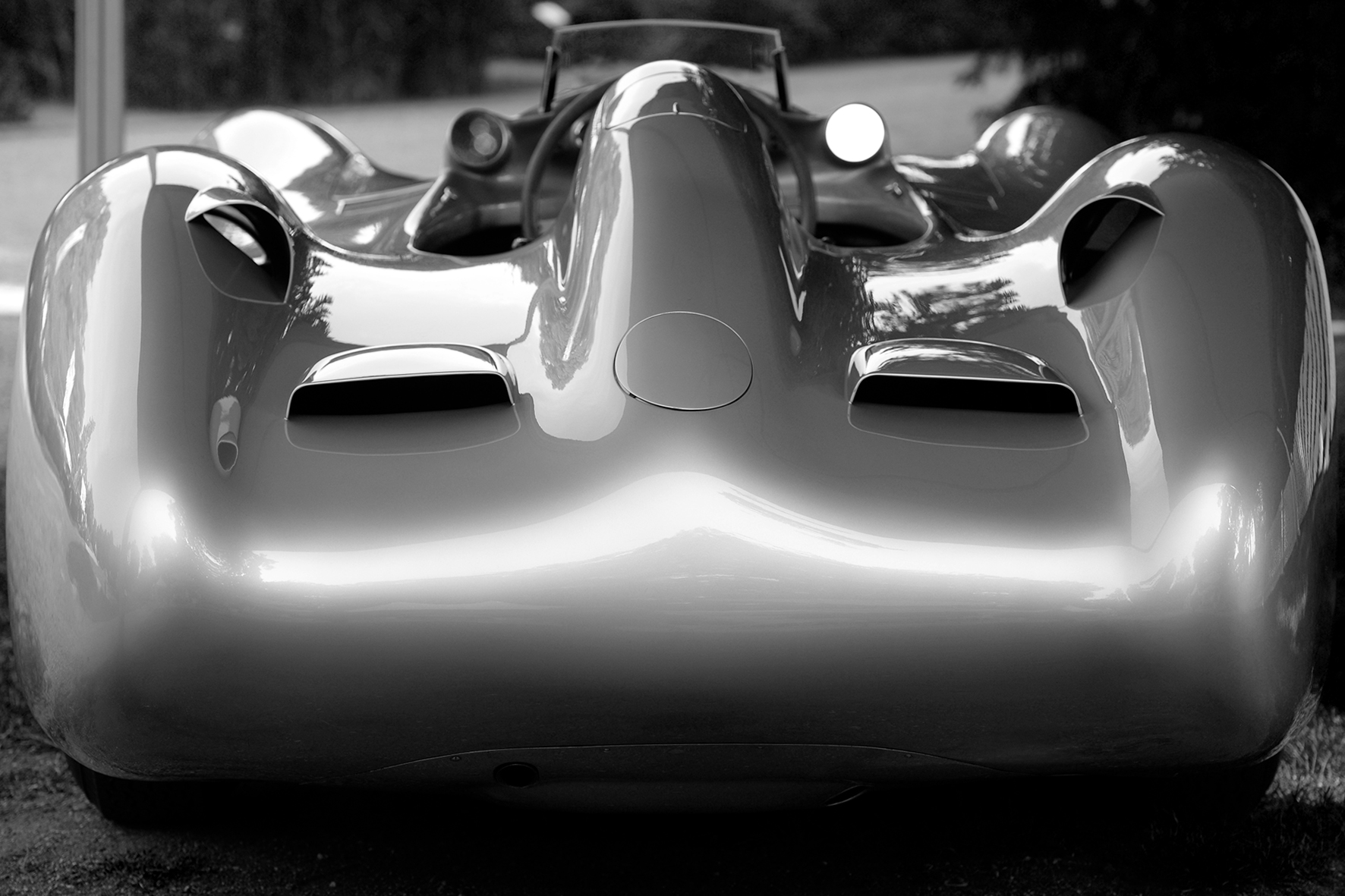
My personal favorite of the early Mercedes Grand Prix is the W 196 from 1954. Two versions of this car were entered at the GP races, the Monoposto and the one with streamlined bodywork for the high speed tracks such as Reims or Monza. Maybe I love this one, because I had a Mercedes W 196 Monoposto for my Märklin slot race track when I was a young boy and it was faster than my brothers Ferrari. Very nice childhood memories. Find out more about our photographer Ralph Lüker.
Mercedes W 196 – TECHNICAL SPECIFICATION
MODEL W 196
TYPE Grand Prix car, single seater
YEAR OF PRODUCTION 1954
TOTAL NUMBER OF BUILD CARS 14
ENGINE M 196 R 8 cylinder in a row
CONFIGURATION Front, longitudinal; 53° inclination to the right
CUBIC CAPACITY 2496 cc
BORE AND STROKE 76 x 68.8 mm
VALVE OPERATION 2 overhead camshafts per cylinder block, gear drive
HORSEPOWER 256bhp at 8260 rpm
TRANSMISSION 5-speed manual
V-MAX over 300 km/h
CHASSIS Tubular space frame
BRAKES Inboard duplex drum brakes with air-cooled light-alloy drums
FRONT SUSPENSION Double wishbone, torsion bar springs, telescopic shock absorbers
REAR SUSP. Single-joint swing axle, longitudinal torsion-bar springs, telescopic shock absorbers
WHEELS / TYRES FRONT / REAR Wire-spoke wheels, central mounting 6.00 x 16 / 7.00 x 16
LENGTH 4025 mm
WIDTH 1625 mm
HEIGHT 1040 mm
WHEELBASE 2210 mm
TRACK FRONT / REAR 1330 mm / 1358 mm
WEIGHT WITHOUT FUEL 835 kg
ENGINE WEIGHT 204 kg






